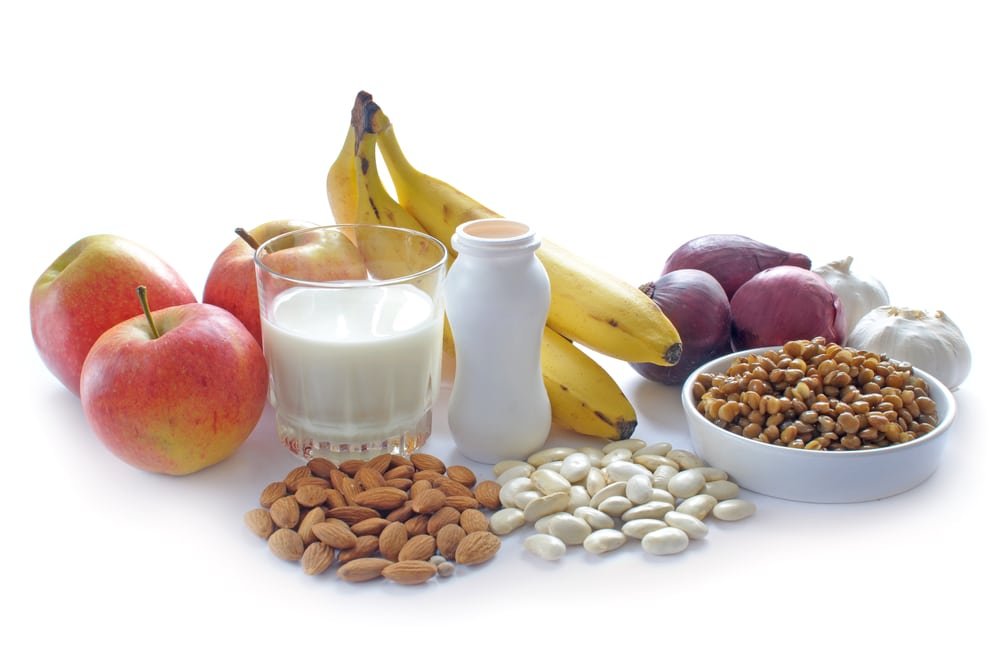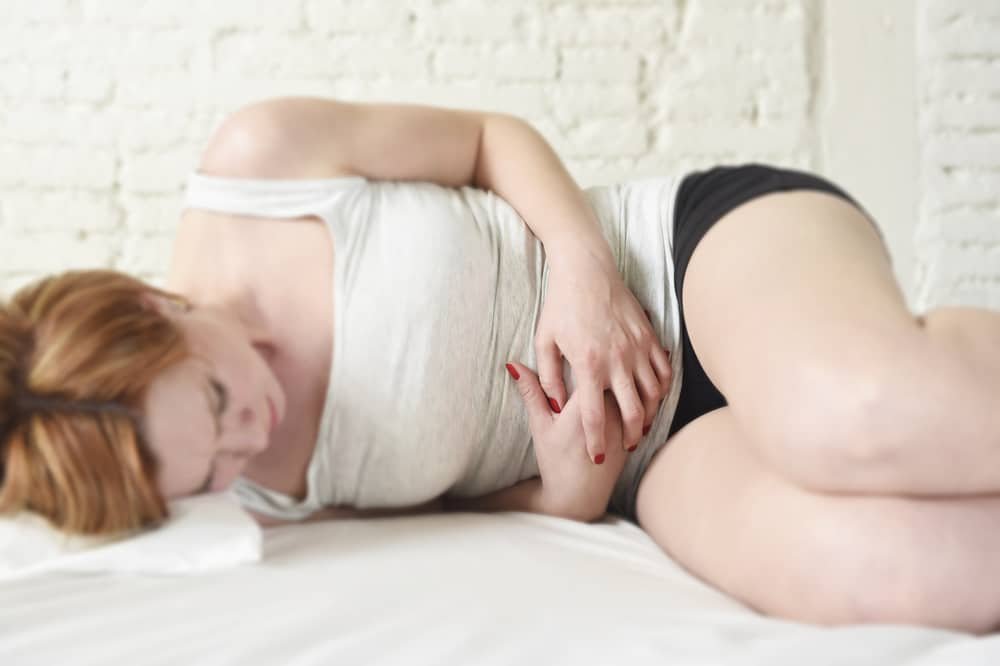Under normal circumstances, the spinal column should allow a person to stand upright, with the shoulder blades on the same level, and with no visible imbalances when viewed from the front or sideways. However, in persons with scoliosis, the spine bends abnormally to one side, causing highly visible distortion to posture, whereas one side of the body may appear slightly higher than the other.
Scoliosis can affect anyone, and occur at any age, but is generally seen with greater frequency in girls under the age of seven years. Other than this, the most common age for development is postmenopausally, when bone loses the protective influence of estrogen, and may be subject to demineralization issues.
Causes of Scoliosis
It is important to note that currently over 80% of all diagnosed cases of scoliosis are idiopathic in nature, or occur with no clear cause in sight. This is a little worrying to medical professionals, who are faced with the tough task of devising treatment modalities without a clear understanding of the root causative factor. Besides this, however, there are cases where causes have been determined. These include:
Congenital Factors
Scoliosis with a congenital origin are cases that have been diagnosed immediately upon birth, or during routine ultrasounds while the mother is pregnant. Congenital scoliosis can occur as a result of nutritional deficiencies during the pregnancy, genetic traits passed down from the parents, or as a result of exposure to factors which may have affected the normal development of the spine while in the womb.
Functional Defects
In this case, scoliosis develops secondarily to functional defects in the body that may affect normal spinal structure. For instance, weakness of the muscles of the lower back can be considered a functional defect that may cause scoliosis, as is the presence of one leg that is shorter than the other, causing visible tilting of the spine to one side as the individual learns to walk.
Degenerative Disease
This primarily affects older persons that may also have osteoporosis, arthritis or bone spurs growing on the spine. Degeneration of supportive tissue such as ligaments and tendons also contribute to development of scoliosis in older persons, as would compression of spinal disks.
Neuromuscular Disorders
These are conditions that may be present either at birth, or which manifest later in life but can still affect the structure of the spine. Persons with cerebral palsy, muscular dystrophy or polio are all afflicted by neuromuscular disorders which impair the structural integrity of the spine, and can manifest as either kyphosis or scoliosis.
Scoliosis that occurs as a result of neuromuscular disorders are generally not treatable and progressively degenerative.
Other Causes
Occasionally, tumors that affect the spine can cause scoliosis to occur in response to nerve pain that leads the individual to compensate by tilting for pain avoidance, or can occur as a result of injury or accidents that cause spinal damage and immobility.
Symptoms of Scoliosis

While the most apparent symptom/sign of scoliosis is visible tilting of the body to one side, there are several other manifestations that may indicate scoliosis, without significant spinal tilting. Regardless, if the symptoms are not detected early enough, scoliosis tends to progress unchecked until it becomes visibly apparent. Other common symptoms include:
Chest Tightness Or Shortness Of Breath
As the spine tilts, is usually affects the ribs as well, which may place organs within it in an uncomfortable position and make normal function difficult. For instance, lung volume may be decreased, so that deep breathing becomes difficult, and you easily become breathless upon exertion.
Chest pain as a result of pericarditis – inflammation of the lining around the heart may also occur if the ribs poke into this membrane, and cause damage. Even a very slight tilt can cause triggering of symptoms without being highly visible, so if you are an otherwise healthy and fit individual and suddenly find yourself experiencing such symptoms it is worth investigating for spinal tilt.
Pain
Scoliosis does not need to occur with pain. In many instances, it is entirely painless, but may also manifest with back pain, neck pain, abdominal pain, or spasms of muscles around the abdominal and back regions.
Poorly Fitting Clothing
While this is more of a sign that a symptom, if you or people around you observe your clothing to be poorly fitting, in the sense that one leg of your trousers appears shorter than the other, or your shirt shoulders and sleeves are ill-fitting, it may indicate abnormal tilt of the spine.
Treatment of Scoliosis
Treatment of scoliosis is based on assessment of multiple factors, including age, underlying cause, and the possibility of spinal tilt getting worse.
For instance, if scoliosis occurs as a result of a functional defect affecting a part of the body away from the spine, such as the legs, an approach may be taken to address the functional deficits. Custom shoes fitted with wedges that add an inch or so to that person’s leg can be of great help, and prevent tilting of the spine. Other approaches include:
Spinal Bracing
Spinal bracing involves the use of a sort of compression “vest” that prevents worsening of spinal tilt, and actually exerts force that may help to correct a mild degree of pre-existing tilt. The use of braces are most effective in juvenile and adolescent patients that develop scoliosis, since the spine is still capable of correcting its structure while bone growth is underway.
Bracing is not advised for persons whose bones have completed growing, as it may cause injury and further the damage to the spine.
Physical Therapy
Physical therapy is best employed for managing functional scoliosis, or that occur along with pain. The goal of physical therapy is to help regain normal muscular function in the areas that may be contributing to the development of the abnormal spinal curve, and also to reduce the incidence of pain and discomfort.
Prescription And Over-The-Counter Medication
Such categories of treatments do not constitute a cure, but rather adjunctive techniques for short-term relief of pain and swelling. Your physician may prescribe or administer corticosteroids or painkillers to ease discomfort, and may also prescribe supplements that reduce the leaching of minerals from the bone matrix.
Surgery
Most of the people whose scoliosis cannot be effectively managed with the techniques mentioned above have to resort to surgery in an effort to regain any semblance of a normal life. Surgery is often indicated in persons with neuromuscular disorders that cause progressive worsening of the tilt, and may be present at birth.
Infant scoliosis of an idiopathic nature usually corrects on its own, which is a pleasantly surprising development for these categories of affected persons.
Scoliosis – In Summary
The fact that over 80% of diagnosed cases of scoliosis occur due to unknown causes is troubling, but if these are detected early (before bone growth stops), a significant degree of correction can occur, allowing these persons to live a very close to normal life.
Preventing nutritional deficiencies can be a great way to prevent late onset scoliosis, as would be ensuring the supporting muscles of the spine receive sufficient stimulation through exercise.
Sources:
https://www.mayoclinic.org/diseases-conditions/scoliosis/symptoms-causes/syc-20350716
https://www.medicalnewstoday.com/articles/190940.php
https://www.medicinenet.com/scoliosis/article.htm#scoliosis_facts
https://www.healthline.com/symptom/scoliosis

